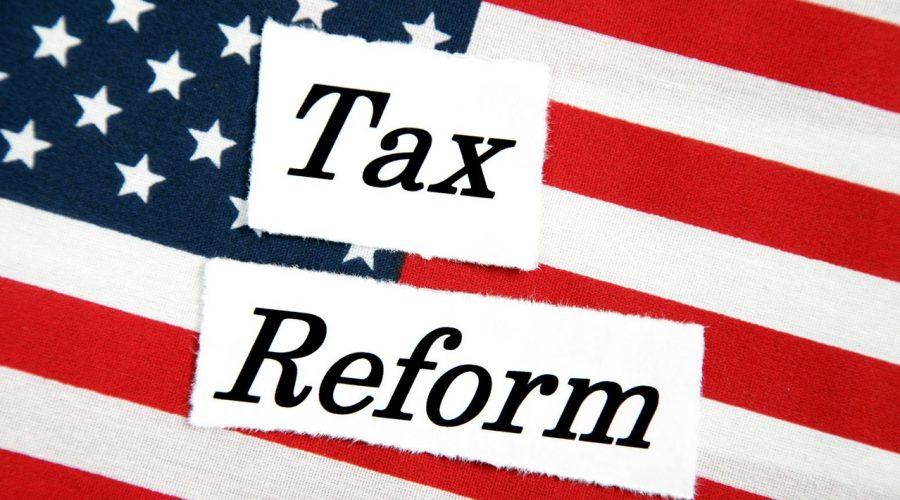As a new presidential administration takes shape in 2025, the House of Representatives has introduced its first major budget proposal: “One Big Beautiful Bill Act”. There is a potential for many tax provisions to revert back to pre-2017 standards with the upcoming expiration of the 2017 Tax Cuts and Jobs Act (TCJA), so this legislative push is coming at a pivotal time for our country’s tax system. While this proposal is still making its way through Congress and could see changes, here’s a breakdown of what’s currently on the table and what it could mean for taxpayers.
Building on the TCJA: What’s Staying
At its core, the One Big Beautiful Bill Act seeks to preserve the essence of the TCJA, which overhauled the U.S. tax code in 2017. Key provisions that would become permanent under the new act include:
- Tax Brackets: The current brackets and rates for both individuals and trusts would stay unchanged, including capital gains and dividend taxes. Thus, avoiding the increases many anticipated post-TCJA.
- Mortgage Interest Deduction: Retained at the reduced threshold of $750,000 in mortgage debt.
- SALT Deduction: The cap on state and local tax deductions would rise from $10,000 to $40,000 for joint filers ($20,000 for married filing separately).
- Standard Deduction: The higher standard deduction introduced under TCJA would stay intact through 2028, with a temporary $2,000 boost for couples ($1,000 for singles).
- Estate and Gift Tax Exclusion: The lifetime exemption would rise by roughly $1 million, averting the dramatic drop expected in 2026, when it was set to be halved.
- Child Tax Credit (CTC): For 2025 through 2028, the credit would increase to $2,500 per child before returning to $2,000 in 2029. The $500 credit for other dependents would remain.
- Permanent Elimination of the Personal Exemption: Removing this deduction helps offset the cost of the expanded standard deduction and child tax credit.
Introducing the “Trump Account”: A New Savings Option for Families
One of the most novel features of the bill is the introduction of a new savings tool called the Trump Account. Designed to promote financial planning for children, the account can be funded with up to $5,000 annually on an after-tax basis. Parents, relatives, or any taxable entity can contribute until the child turns 18. This initiative draws inspiration from programs like Connecticut’s Baby Bonds, and aims to support long-term wealth building for the next generation.
- At age 18, half the funds can be withdrawn for qualified uses (such as education, a first home, or starting a business) with gains taxed at the favorable long-term capital gains rate.
- After age 30, the remaining funds can be used for any purpose, with non-qualified withdrawals taxed at ordinary rates.
- Newborns from 2025 to 2028 would receive a $1,000 federal seed contribution.
Expanded Uses for HSAs and 529 Plans
The bill proposes expanded flexibility for both Health Savings Accounts (HSAs) and 529 education savings plans:
- HSAs could be used for gym memberships, on-site clinic services, and would allow joint spousal catch-up contributions.
- Seniors enrolled in Medicare Part A could continue HSA contributions if covered by a high-deductible health plan.
- 529 plans could now be used for test fees, tutoring, and certain educational therapies, extending their benefits beyond traditional tuition costs.
Temporary Benefits: 2025–2028
Several tax breaks in the bill are temporary, set to expire after four years:
- No Taxes on Tips or Overtime: Hourly workers could deduct tipped income and overtime pay, though these wages remain subject to FICA.
- Senior Tax Deduction: An additional $4,000 deduction for seniors earning under $75,000 (or $150,000 for joint filers), stacked on top of the current age-based deductions.
- Car Loan Interest Deduction: Up to $10,000 in deductible interest for U.S.-assembled vehicle loans for eligible taxpayers.
While there was some chatter about eliminating taxes on Social Security benefits, that reform did not make it into this bill. However, the expanded senior deduction could provide some indirect relief for retirees near the current taxation thresholds.
A Work in Progress
As with all proposed legislation, the One Big Beautiful Bill Act is subject to change and the above items could be different in the final version. Nonetheless, the current draft gives a strong indication of priorities for this tax reform, which include reinforcing the TCJA, encouraging savings and investment, and offering targeted relief to families, seniors, and workers.
These tax changes could have a profound impact on your financial well-being. Whether you’re planning for retirement, saving for your child’s future, or navigating the complexities of deductions and credits, it’s crucial to stay informed. And, as always, consult a financial advisor or tax professional to understand how these potential changes may affect your individual situation.
